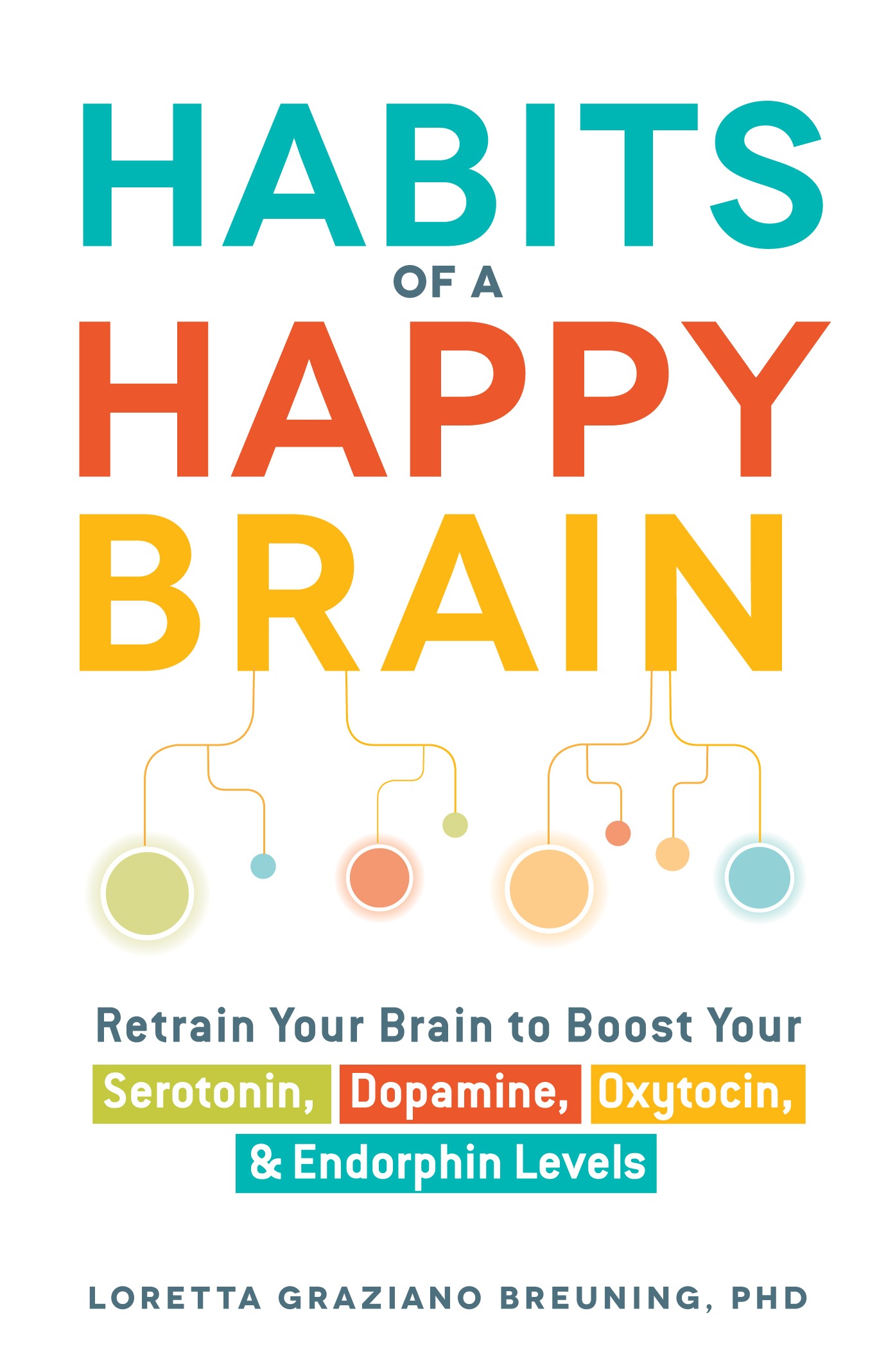The
Inner Mammal Method
The chemicals that make us feel good are inherited from earlier mammals (dopamine, serotonin, oxytocin, and endorphin). We control them with brain structures we’ve inherited from animals. This limbic system (the amygdala, hippocampus, pituitary, etc.) cannot process language, so it cannot tell you in words why it’s releasing a chemical. You can find you power over your happy chemicals when you understand the job they do in animals.
It’s hard because our brain is wired by early experience. We rely on old wiring because it’s so efficient. You can build new neural pathways to turn on your happy chemicals in new ways, and relieve your threat chemicals. It’s takes some effort, but anyone can do it with this step-by-step method. My new video course makes it come alive.
I accept the brain I have.
I accept my mammalian limbic system, which talks to me in chemicals rather than words.
My brain evolved to promote survival, not to make me happy.
My happy chemicals are designed to do a job, not to flow all the time for no reason.
A lot of repetition is needed to build a new pathway after adolescence because myelin drops.
I can build new neural pathways by feeding my brain new experiences.
Happy chemicals pave neural pathways that turn them on faster in similar situations, which is why I feel good in the short run about things that are bad for me in the long run.
My dopamine, serotonin, oxytocin, and endorphin evolved to reward me for survival action, though it defines survival in a quirky way.
I can design a new experience and repeat it until a new pathway builds. The electricity in my brain will have a new place to flow.
I can stimulate my dopamine by taking steps toward a goal. Repetition will build a pathway that expects to feel good when I step toward a goal.
I can stimulate my oxytocin by trusting and receiving trust. Repetition will build a pathway that expects to give and receive trust.
I can stimulate my serotonin by taking pride in my next step. I will build a pathway that feels confident in my own strength.
Each step toward an unmet need stimulates happy chemicals, so continual small steps are the way to feel good.
My brain saves the happy chemicals for unmet needs. It takes what I have for granted and only rewards me for new and improved ways to meet a need. This is not a sin; it’s biology.
Each drip of happy chemical is soon metabolized so you always have to do more to get more.
I can stimulate my endorphin by laughing. I will make room in my life for whatever makes me laugh.
Each happy chemical has its down side, which complicates the quest to feel good.
The down side of dopamine: it dips once you get what you seek, so you end up with less joy than you anticipate.
The down side of oxytocin: it dips when you distance yourself from the safety of the herd, which tempts you to follow the herd in ways you may later regret.
The down side of serotonin: it tempts you to one-up other people in whatever way worked in your past, and that can preoccupy you in ways that threaten your oxytocin and dopamine.
Neurons connect when cortisol flows, so whatever triggered it in my past wired me to zoom in on that threat in the future. My big human cortex is designed to help my mammal brain find evidence of potential threats, so I see evidence of threat a lot!
An obstacle or disappointment on the path to rewards is a survival threat from my mammal brain’s perspective. Cortisol is released and creates a full-body sense of threat even if I don’t consciously think I’m threatened with my verbal brain.
Stress chemicals are as valuable as happy chemicals. My mammal brain uses happy chemicals to motivate steps toward rewards and stress chemicals (cortisol) to motivate retreat from potential threats.
The down side of endorphin: it tempts you to inflict pain on yourself to stimulate it. DON’T.
I have power over my brain. I lose that power when I blame my feelings on external forces. I enjoy my power to feel good when I focus on my next step.
I have power over my brain. I lose that power when I blame my feelings on external forces. I enjoy my power to feel good when I focus on my next step.
These concepts
are fully explained in my book
Habits of a Happy Brain
Retrain your brain to boost your serotonin, dopamine, oxytocin
When you feel good, your brain is releasing dopamine, serotonin, oxytocin, or endorphin. You want more of these great feelings because your brain is designed to seek them. But you don’t always get it, and that’s natural too. Our brain doesn’t release a happy chemical until it sees a way to meet a survival need, like food, safety, and social support. And then, you only get a quick spurt before your brain returns to neutral so it’s ready for the next “survival opportunity. ” This is why you feel up and down. It’s nature’s operating system!
